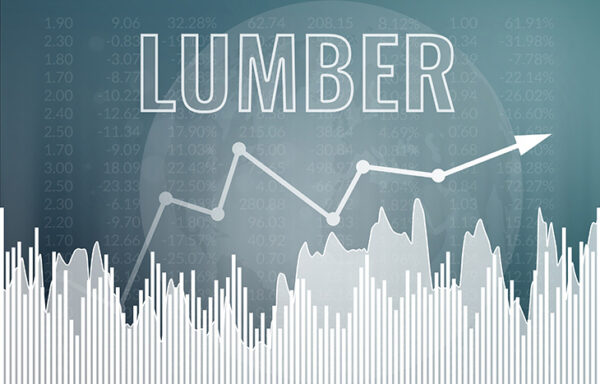Look to Dr. Copper for an Economic Cure
There are many indicators for the market…
Some investors make bets based on technical indicators.
Others track more outside-the-box omens, such as which team wins the Superbowl in a given year.
But one often-overlooked market indicator, a commodity used in manufacturing, has out-tested them all…
And even earned an honorary medical degree.
Wall Street veterans like to refer to this commodity as “Dr. Copper” because of its uncanny ability to diagnose trends in interest rates and the broader market.
It’s more than just superstition…
When copper demand falls, it represents a slowdown in global activity. After all, copper is an industrial metal. If industry slows, typically the economy follows suit.
Just take a look at the metal’s performance relative to global recessions over the past several decades…
And when few medical professionals even knew the full extent that the COVID-19 pandemic would have on our day-to-day lives in 2020, Dr. Copper got solemn.
Prices tanked in the first quarter of 2020, signaling a stall in major projects – everything from electric vehicles to iPhones – that involve the metal.
Copper hit a three-year low of $2.52 per pound on January 27 – long before many U.S. states began their lockdown procedures. It recovered slightly and then posted a new four-year low of $2.17 on March 16.
In July, copper jumped to around $2.95, suggesting a rebound in the global economy, but that run was short-lived.
That’s because it was artificial. Rather than representing a balanced global recovery, the jump was caused by an 89.9% increase in copper imports by China.
Chinese infrastructure and manufacturing make up more than half of the total global demand for copper. And in the aftermath of COVID-19’s grip on China, the Chinese government invested in infrastructure to help jump-start growth.
This boosted demand for copper and inflated the metal’s value.
A more honest performance came after July, when copper took a turbulent ride upward with dramatic drops in August, September and October.
It then began a steadier increase after October 30, likely benefiting from election and vaccine mania in the market.
As of November 17, copper was up to $3.18 per pound, its highest value since spring 2018.
Could this be a sign that the economy is about to rally?
To help answer that, we need to look at how copper sizes up against its more popular cousin, gold.
Whereas the price of gold tends to rise on the expectation of lower interest rates, the price of copper tends to do the opposite. Therefore, the ratio is considered a leading indicator for the yield on the 10-year Treasury.
A rising copper-to-gold price ratio indicates a strengthening economy. And a falling copper-to-gold ratio indicates a weakening one.
With copper at $3.18 and gold at $1,951.70 per ounce, the ratio currently sits at around 0.0001.
For some perspective, that’s right around where the cooper-to-gold ratio was in January 2009 – the steepest part of the recession.
But remember, the copper-to-gold ratio’s directionality is more important than its value…
In January 2009, the ratio was still wrapping up its steepest descent since the one that began in 1969.
Today, however, the copper-to-gold ratio appears to be rising. It’s been steadily – albeit slowly – climbing from its 30-year low of 0.00008 in March.
And the yield on the 10-year Treasury has followed a similar trajectory.
This suggests that we could see a rebound in growth expectations and inflation in the U.S. and globally.
This lines up with a variety of other trends that Chief Income Strategist Marc Lichtenfeld investigated for readers of his monthly newsletter, The Oxford Income Letter.
In the September issue, he wrote, “I expect 2021 to be the year of infrastructure,” and recommended a play that would hedge against rising prices.
He added, “I expect inflation will be a problem sooner than people think.”
All of this, and a Biden win, could bode well for copper – and the economy – moving forward.
The Biden-Harris campaign has indicated that rebuilding and strengthening America’s infrastructure will be a “top priority.”
And with copper’s importance to construction, a 10-year, $1.3 trillion investment in American infrastructure could boost demand just as it did for China in July.
But that’s not all. The Biden administration has also made plans to invest heavily in renewable energy, particularly in vehicle electrification. It plans to build 500,000 charging stations across the country.
Because copper is a stellar conductor of electricity and heat, this could be the metal’s biggest chance yet to shine.
Sixty percent of copper’s uses are for applications in renewable energy and electricity – so if the campaign is able to deliver on its promises, it could provide just the surge in demand copper is looking for.
And if history is our guide, what is good for copper is good for the economy…
So head into 2021 with a glimmer of hope – and a portfolio that, like this durable metal, is built to last.








